Wine Bottle Shapes: Just The Facts
While there are innumerable varieties of wine available in the market, the bottles themselves generally fall into a few specific shapes. By some counts, there are 12 basic wine bottle shapes, not counting historic or artistic variations. For the average American wine consumer, however, most wine purchased will come in bottles in one of three basic shapes.
The basic wine bottle shapes
The three basic wine bottle shapes you’ll find on retailer shelves today are:
The value of tradition
Some might assume that the differences in bottle shape has something to do with the kind of wine kept inside – we use differently shaped glasses, after all, so why not different bottles? But the truth is that the differences in wine bottle shape are purely regional variations that have more to do with glassblowing techniques than the flavors of the wine. There’s some argument to be made that the shoulders of a Bordeaux bottle help trap sediment better when pouring, but that’s probably secondary to the fact that the shape was easier for local glassblowers to produce.
There’s no qualitative reason you couldn’t put Pinot Noir in a Bordeaux bottle, but vintners around the world still use the traditional wine bottle shapes for the region with which their wines are associated. For most, it’s simply a matter of tradition. But it also makes it easy for people to identify different types of wine by sight. Bottles are colored differently for the same reason.

Before we leave off bottle shapes, let’s briefly mention the punt – the dimple on the bottom of most wine bottles. In the old days of hand-glassblowing, the punt marks where the pontil was attached to the glass during production. It was indented to keep the scar from scratching the table, and to give the bottle extra stability. Trying to make an actual flat bottom usually didn’t work – even a small imperfection would make it easy to topple.
These days, the punt is technically unnecessary (mechanical bottle production allows much greater uniformity), but wine makers are still attached to it. Reasons include the notion that It helps sediment settle out of the wine, and that it makes the bottle stronger. However, like bottle shapes and colors, the punt remains popular primarily because of tradition
Traditional bottle sizes
Some consumers, however, might be suspicious that the punt is a clever trick to cheat customers of wine. This is not actually something you need to concern yourself with – wine is sold by volume (measured in milliliters) not by dimensions. So a bottle with a large punt must provide enough room for a standard amount of wine

Here’s a list of common bottle sizes and the amount of wine in each:
- Piccolo – quarter bottle, 25 ml (also called pony, snipe or split)
- Demi – half bottle, 375 ml
- Standard – 750 ml
- Magnum – double bottle, 1500 ml
- Jeroboam – double magnum, 3000 ml
Larger bottles, up to 15 or even 30 liters can be acquired as well – but don’t complain to us if they don’t fit in your NewAir wine cooler!


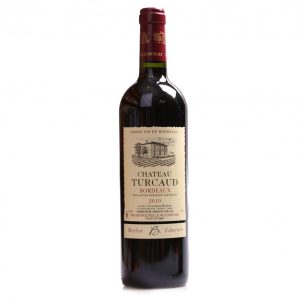

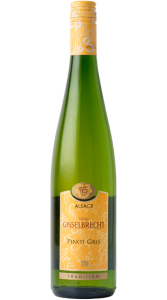
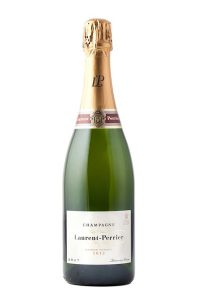


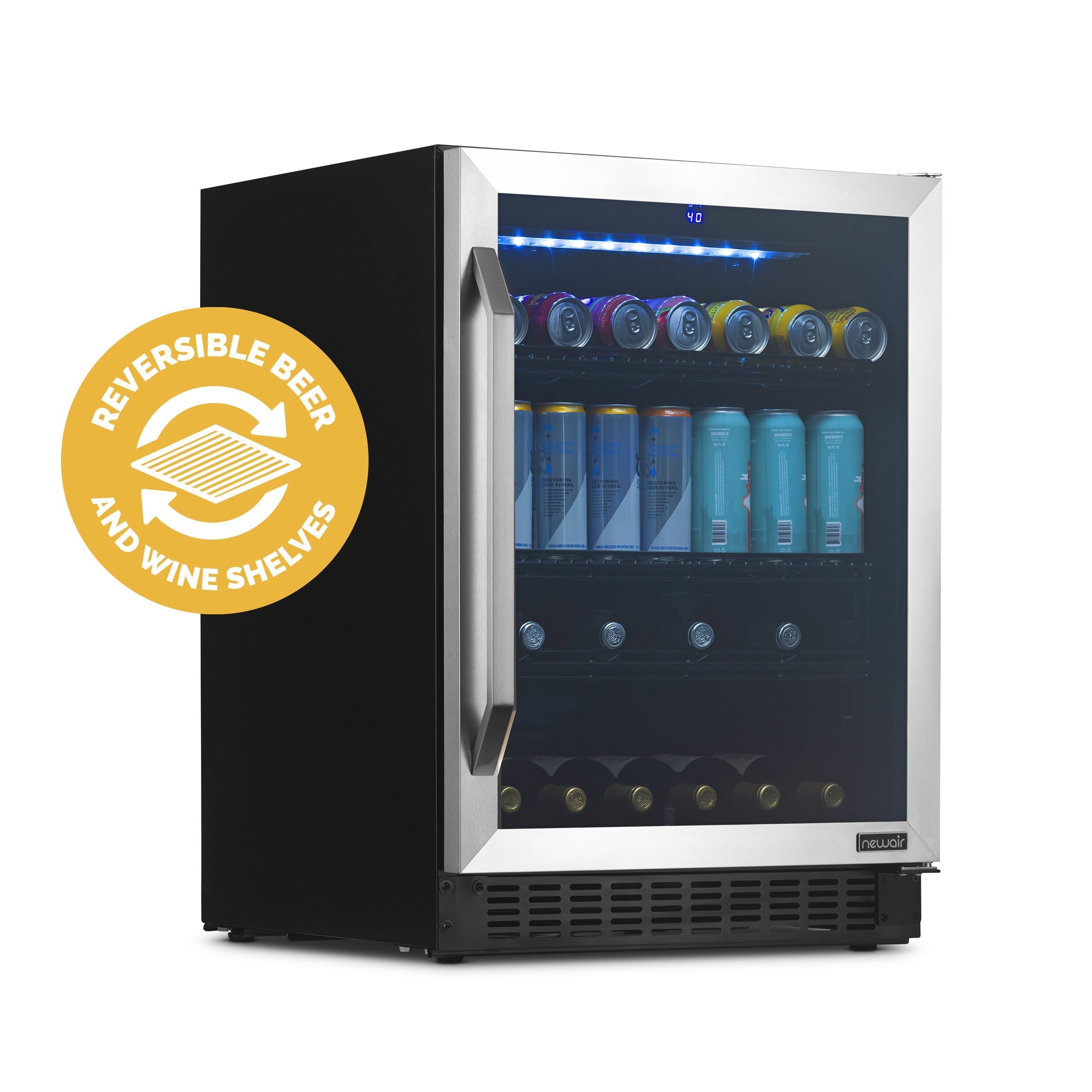
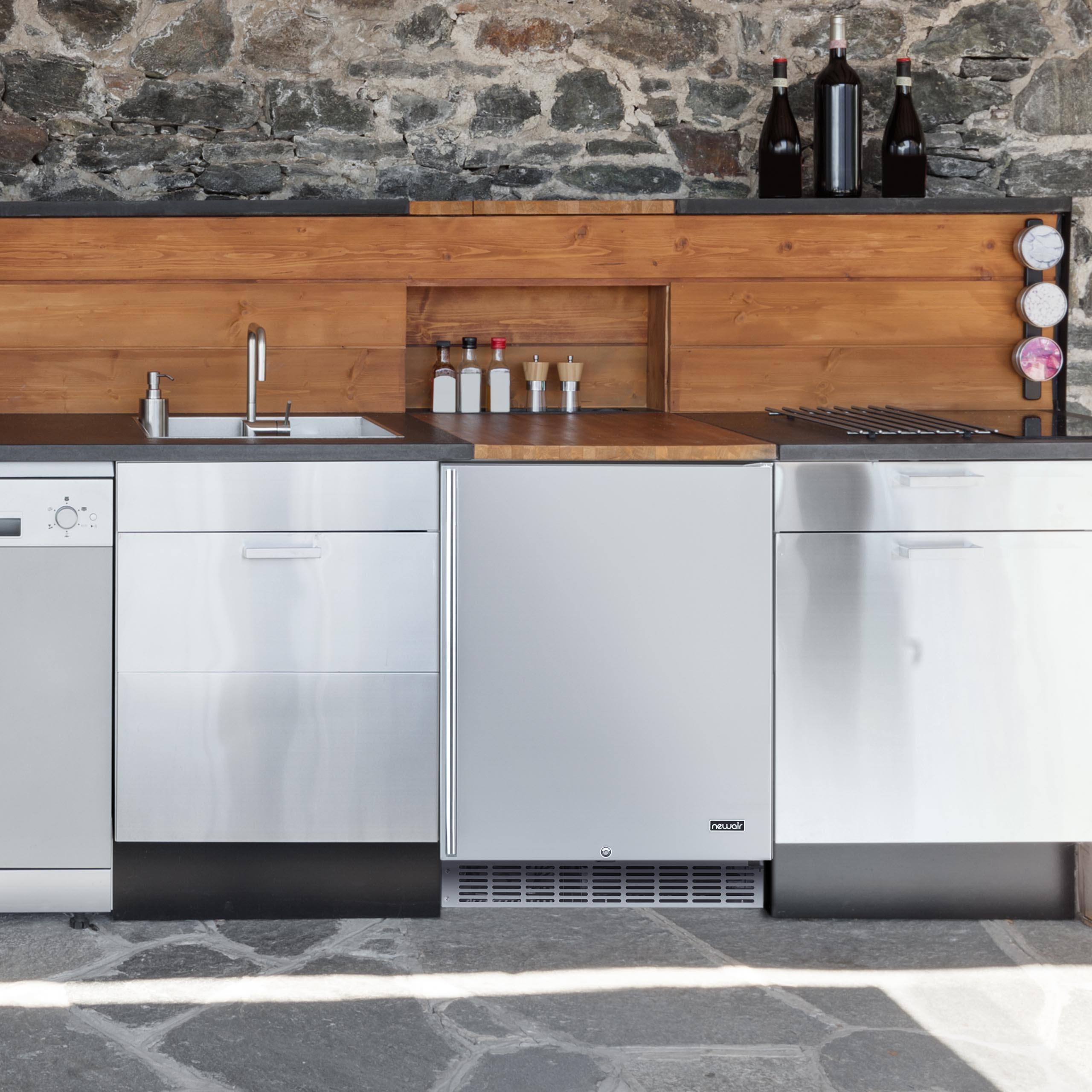
0 comments